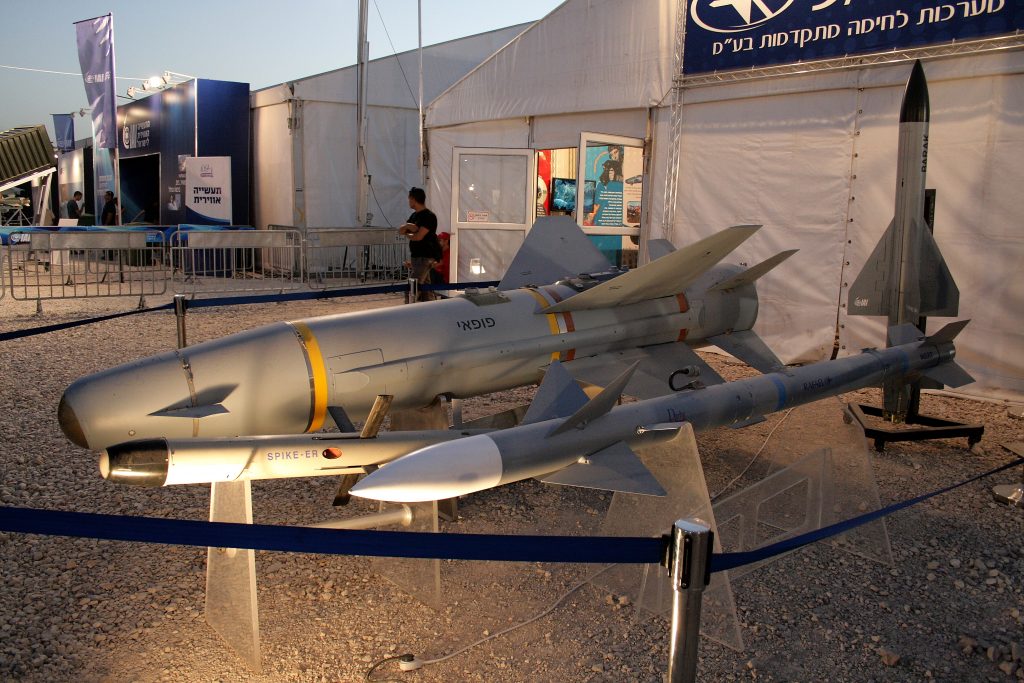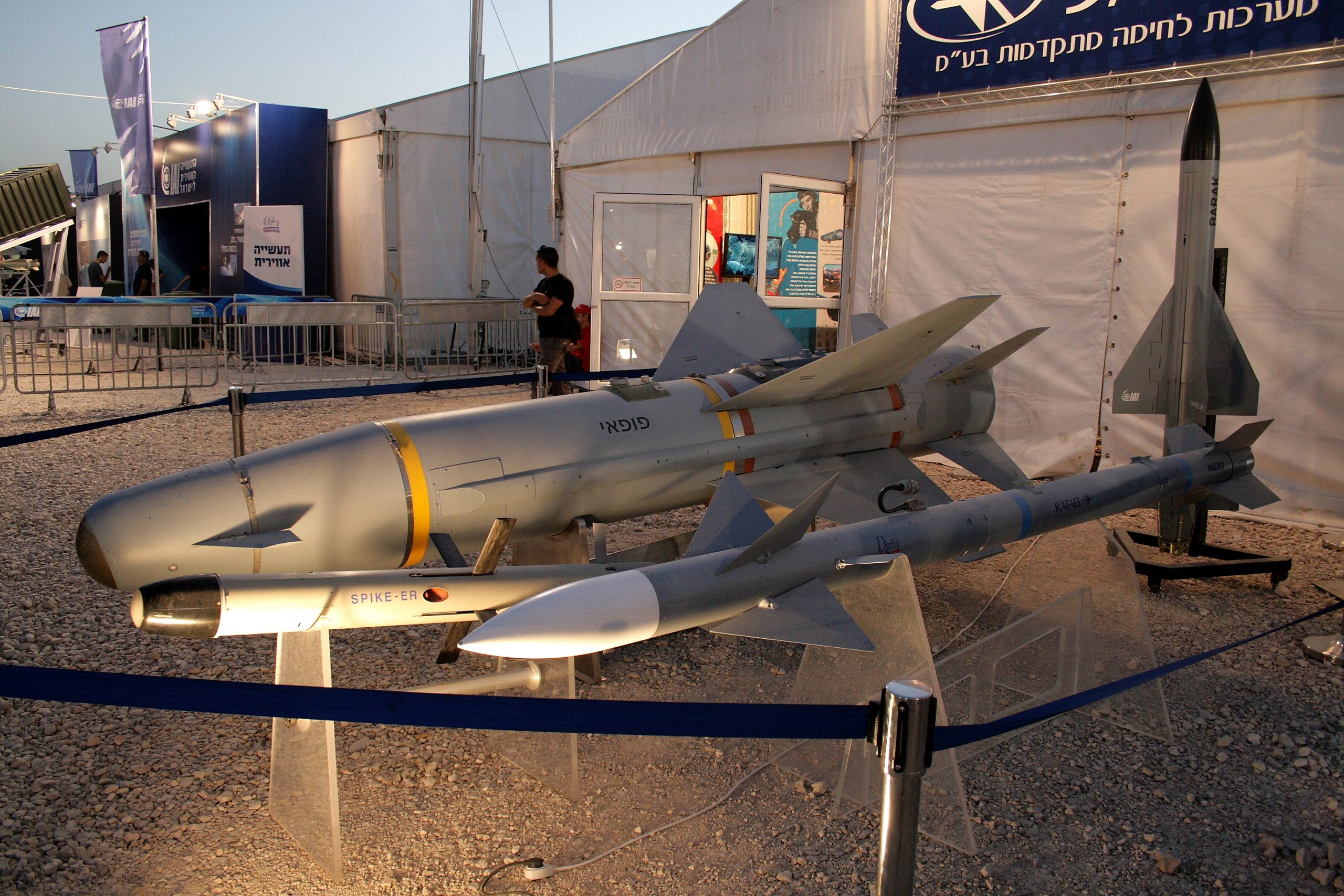
India’s premier Defense Research and Development Organization (DRDO), has conducted two successful flight tests of the MRSAM-Army surface-to-air missile system on Sunday, March 27, at the Chandipur Integrated Test Site, located in the state of Odisha.
DRDO’s MRSAM-Armi (Medium range surface-to-air missile) system used the Indo-Israeli Barak 8 surface-to-air missile, to intercept and destroy high-speed air targets, said the Defense Ministry in a statement.
In a statement, the Defense Ministry confirmed that the two flight tests were performed to intercept two targets with different ranges. While the first test was used to intercept a long-range target, the second intercepted short-range targets with a small range and lower height.
According military observers who were present during the tests, the interceptions proved that the system had the ability to intercept targets at critical distances.
About MRSAM-Armi and Barak 8
The MRSAM-Armi is an anti-aircraft missile system for launching a surface-to-air missile such as the Barak 8. Both combat systems were developed in joint cooperation between India and Israel.
The Indian companies that developed the weapon system include Bharat Dynamics Limited and Bharat Electronics Limited, while on the Israeli side there was Rafael Advanced Defense Systems.
The weapon systems were manufactured to the specifications of the Indian Army. In addition, to the system being used by both India and Israel, the Barak 8 missile system is also used by Morocco and Azerbaijan. Countries such as Germany, Poland, Finland, Saudi Arabia, the UAE, and Columbia have requested purchase.
Weighing at 275kg, the Barak 8 missile is capable of carrying a warhead of up to 60kg. It is powered by a smokeless dual pulsed rocket engine; it can be configured with either 1-stage or 2-stage rocket variants, depending on the type and launch system, the Barak 8 has a range of 70 to 150km and has a maximum height of 30 km.
While the earlier version could fly at a maximum speed of Mach 2, the newer version has successfully reached a maximum speed of Mach 3. The missile has a 2-way datalink for guidance and has an active RF Seeker, and IIR as well.
India has a naval version of the missile, which is launched from an 8 cell vertical launch module.





